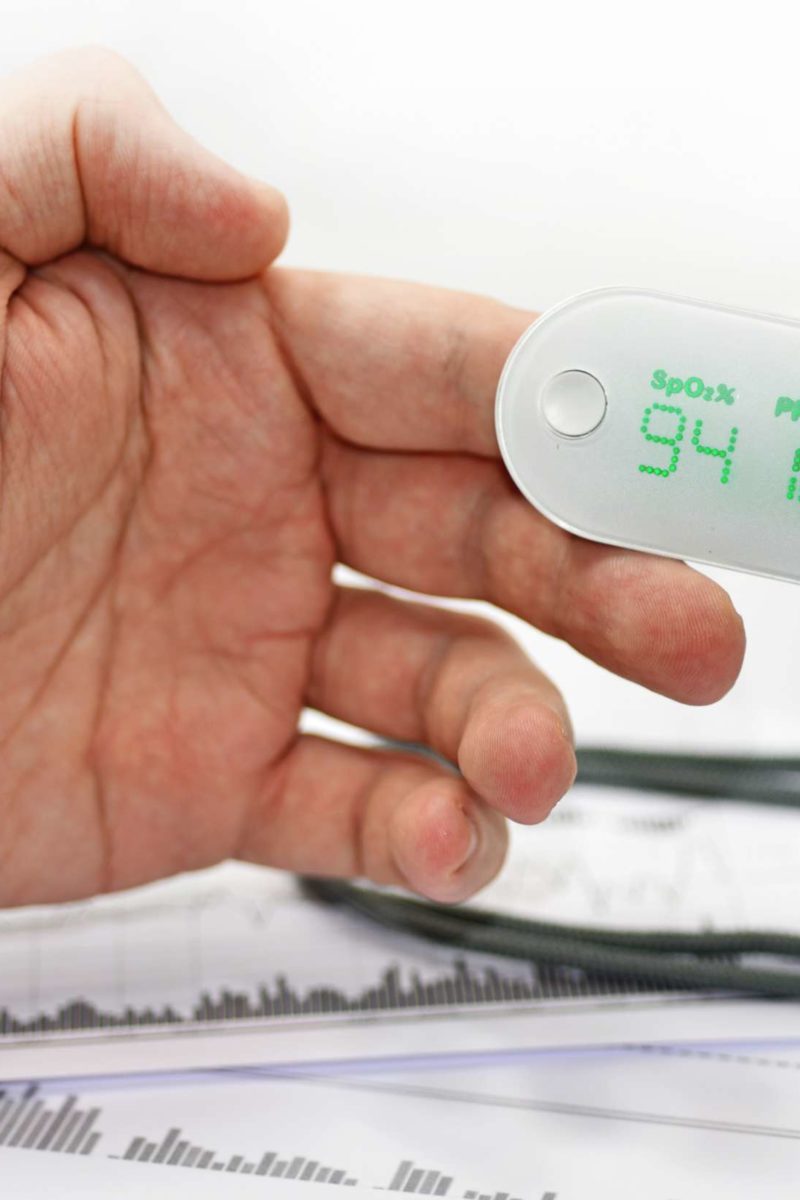- Oxygen saturation is the fraction of oxygen-saturated hemoglobin relative to total hemoglobin (unsaturated + saturated) in the blood. The human body requires and regulates a very precise and specific balance of oxygen in the blood. Normal arterial blood oxygen saturation levels in humans are 95–100 percent.
- A normal arterial blood oxygen level typically falls between 75 and 100 mmHg. Your blood carbon dioxide level and pH - a measure of acidity or alkalinity - are usually measured along with the.
A normal arterial blood oxygen level typically falls between 75 and 100 mmHg. Your blood carbon dioxide level and pH - a measure of acidity or alkalinity - are usually measured along with the arterial blood oxygen level.
Normal Blood Oxygen Level Numbers
Differences in properties
Both diatomic ozone (O2) and triatomic ozone (O3) are made up of oxygen atoms but they have different chemical and physical properties.
- Oxygen is odorless while ozone has a strong, pungent odor.
- Ozone liquifies at -112 degrees Celsius while oxygen liquifies at a much lower temperature — -183 °C.
- Ozone is chemically less stable compared with oxygen. So ozone reacts more readily and at lower temperatures with other molecules. For example, ozone can react with carbon compounds at room temperature but oxygen requires more heat before it reacts.

Usefulness of oxygen vs ozone
While animals need oxygen to breathe, ground-level ozone is an air pollutant with harmful effects on the respiratory systems of animals. The ozone layer in the upper atmosphere filters potentially damaging ultraviolet light from reaching the Earth's surface.

Presence of ozone and oxygen on the Earth
Normal Blood Oxygen Readings

Normal Blood Oxygen Percentage
Ozone is present in low concentrations throughout the Earth's atmosphere. There is a layer of ozone in the upper atmosphere. Oxygen, on the other hand, is mostly found in the lower layers of the atmosphere. About 20% of the atmosphere is oxygen.




